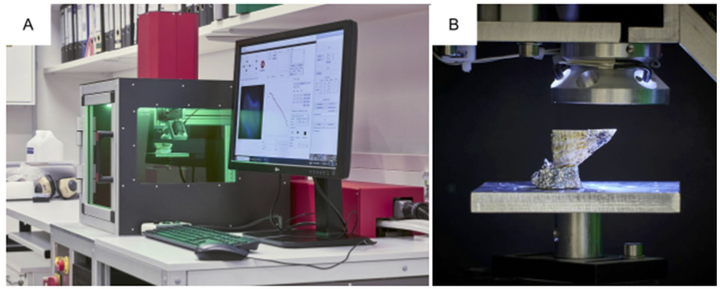Applying laser induced breakdown spectroscopy (LIBS) and elemental imaging on marine shells for archaeological and environmental research

Abstract
Using LIBS for the analysis of archaeological and geological marine mollusc shells is a growing research area that relies on customised instrumentation and specific workflows that can accommodate the variety and precision of the required sampling parameters. However, the increased efficiency offered by LIBS, which enables the study of a larger quantity of shell samples for temperature variation, ecological parameters, and human consumption practices, outweighs the initial efforts required to develop customised instrumentation and workflows. In this work, we present detailed specifications and parameters for the development of a LIBS system capable of generating Mg/Ca images on marine shells that directly correlate with seasonal sea temperatures. Our main objective was to develop specifications that enable easy adaptation of LIBS systems to existing laboratories for studying hard-tissue samples. These specifications were used to develop a customised micro-LIBS system and apply it to a real-world example of an archaeological study to better understand its efficiency on the marine mollusc shells and demonstrate its potential for broader applications in interdisciplinary research. In total 101 shell specimens have been analysed within a time frame of approximately 71 h of machine time, producing 234 images (100 μm resolution: 100 images, 30 μm resolution: 134 images). SEM analysis of the irradiated sections of the shell revealed a primary ablated area of 10–15 μm in diameter, while a secondary affected area of the shell’s crystal fabric extended to 30–50 μm after repeated shots. Overall, this new customised system reliably and efficiently analysed marine mollusc specimens without major destructive effects, enabling additional analyses for other proxies to be carried out. This study highlights the potential of the LIBS method for interdisciplinary research, encompassing applications in paleoclimatology, marine ecology, and archaeology.